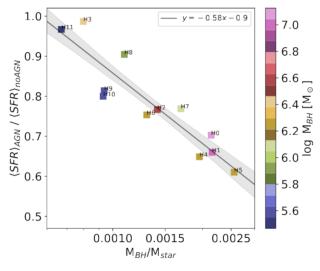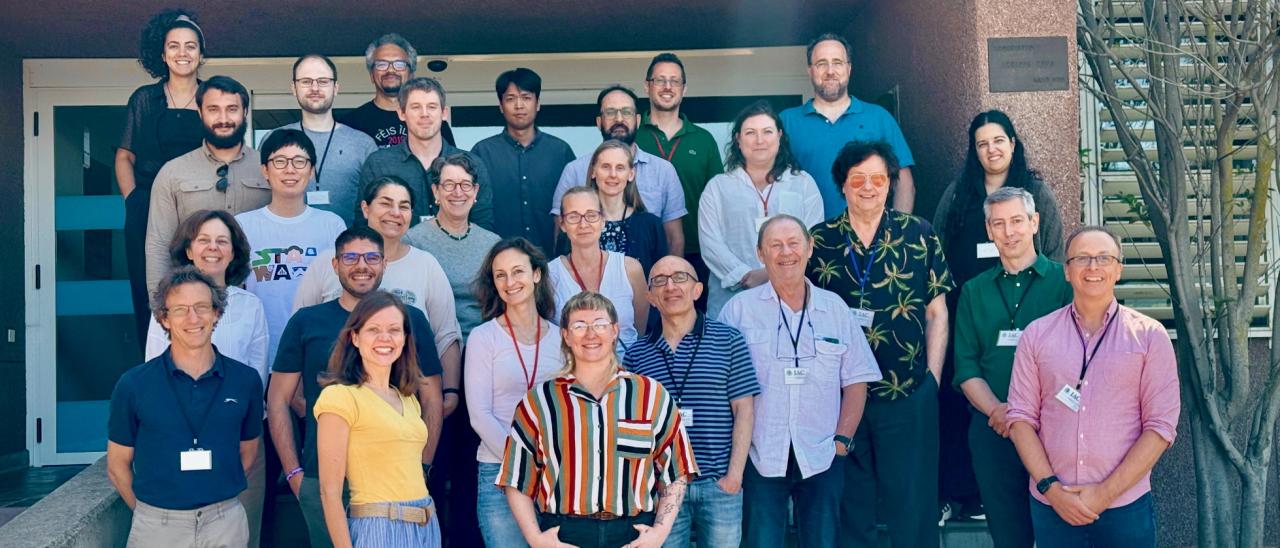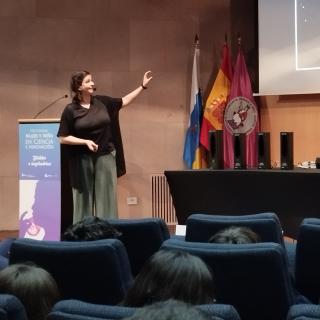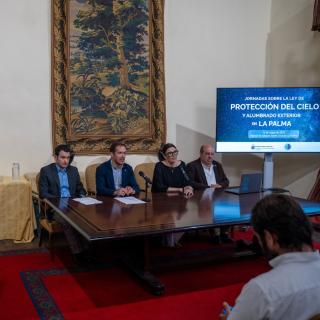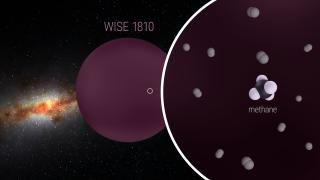From 20 to 23 May, the Instituto de Astrofísica de Canarias (IAC) hosted the scientific meeting of the GATOS (Galaxy Activity, Torus, and Outflow Survey) collaboration, a meeting that brought together 30 leading international researchers to advance our knowledge of one of the most enigmatic phenomena in the universe: active galactic nuclei.
GATOS is an international collaboration of 60 experts from institutions around the world, united by the common goal of deciphering the complex mechanisms that govern active galactic nuclei. The centres of galaxies harbour supermassive black holes that, when in their active phase, have a decisive influence on galactic evolution.
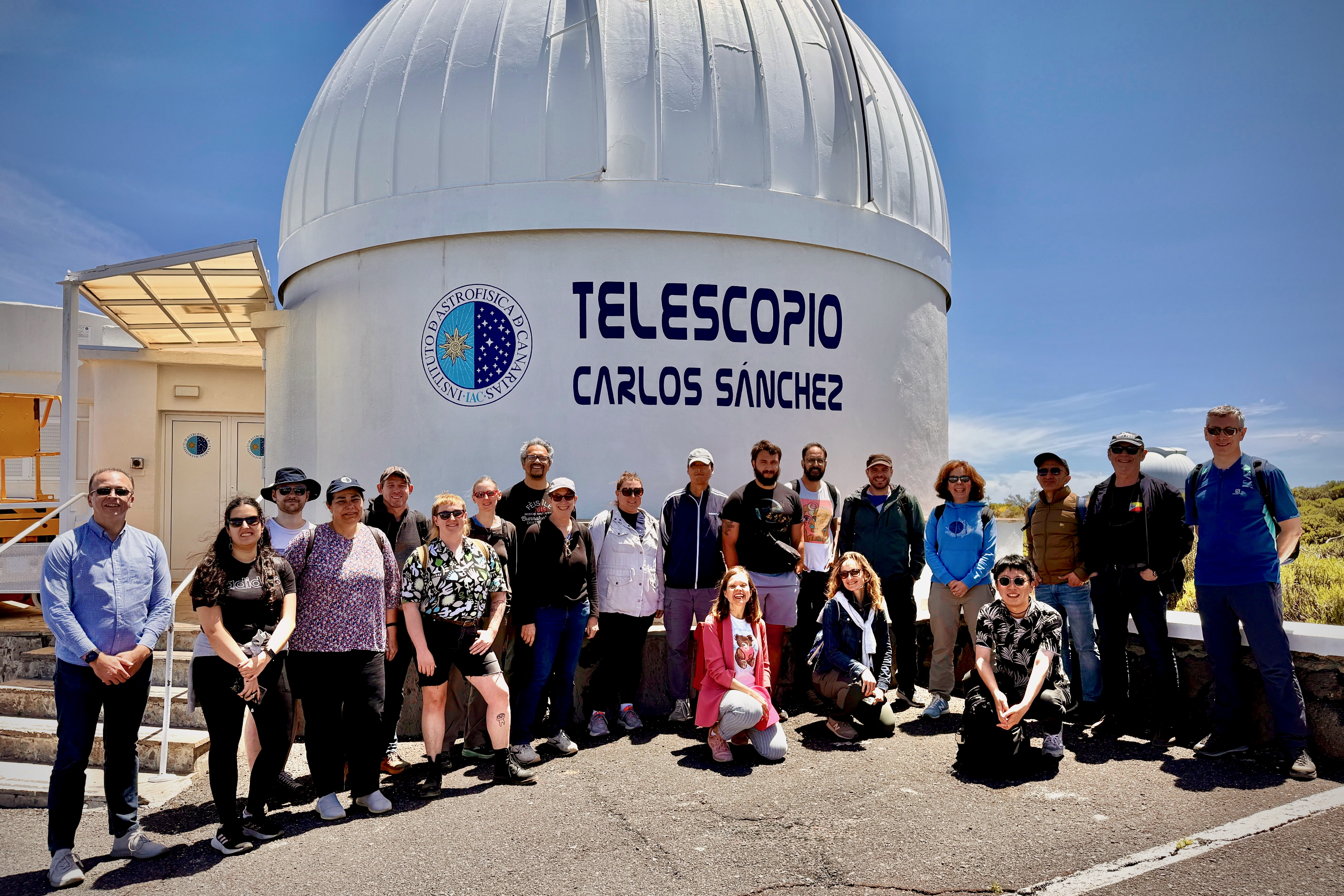
During the four-day meeting, participants discussed the latest advances in the study of the dynamical cycles of gas in galaxies, the emission of polar dust and the material that obscures these galactic nuclei. GATOS's work also encompasses research on star formation, galaxy evolution and other fundamental astronomical phenomena.
As a complement to the scientific sessions, the participants had the opportunity to visit the Teide Observatory (OT), one of the most important astronomical facilities in the northern hemisphere and a world reference in solar and nocturnal astronomy.
New JWST findings defy theoretical models
The scientific success of the collaboration is reflected, among other things, in obtaining nine approved observing time proposals with the James Webb Space Telescope (JWST), the most advanced space observatory currently in operation, which has enabled and will enable further high precision and high quality observations that will contribute significantly to the advancement of knowledge in this field.
‘The JWST data we have obtained so far have shown us an unexpected diversity in the properties of the material obscuring these nearby active cores, which we cannot explain with the theoretical models we currently have. From now on we will generate new models that will allow us to reproduce the observations, and thus continue to advance our knowledge of these objects,’ says Cristina Ramos Almeida, senior scientist at the IAC and principal investigator of the “Nuclear Activity in Galaxies” research group.
Cristina Ramos Almeida is one of the seven members of the Scientific Committee of the GATOS collaboration, and has been the organiser of this meeting together with Begoña García Lorenzo and Anelise Audibert, research professor and postdoctoral researcher at the IAC respectively. ‘This meeting has been fundamental to discuss the latest JWST observations we have obtained, as well as to plan the organisation of the work and the future of the collaboration for the coming years,’ says Ramos Almeida.
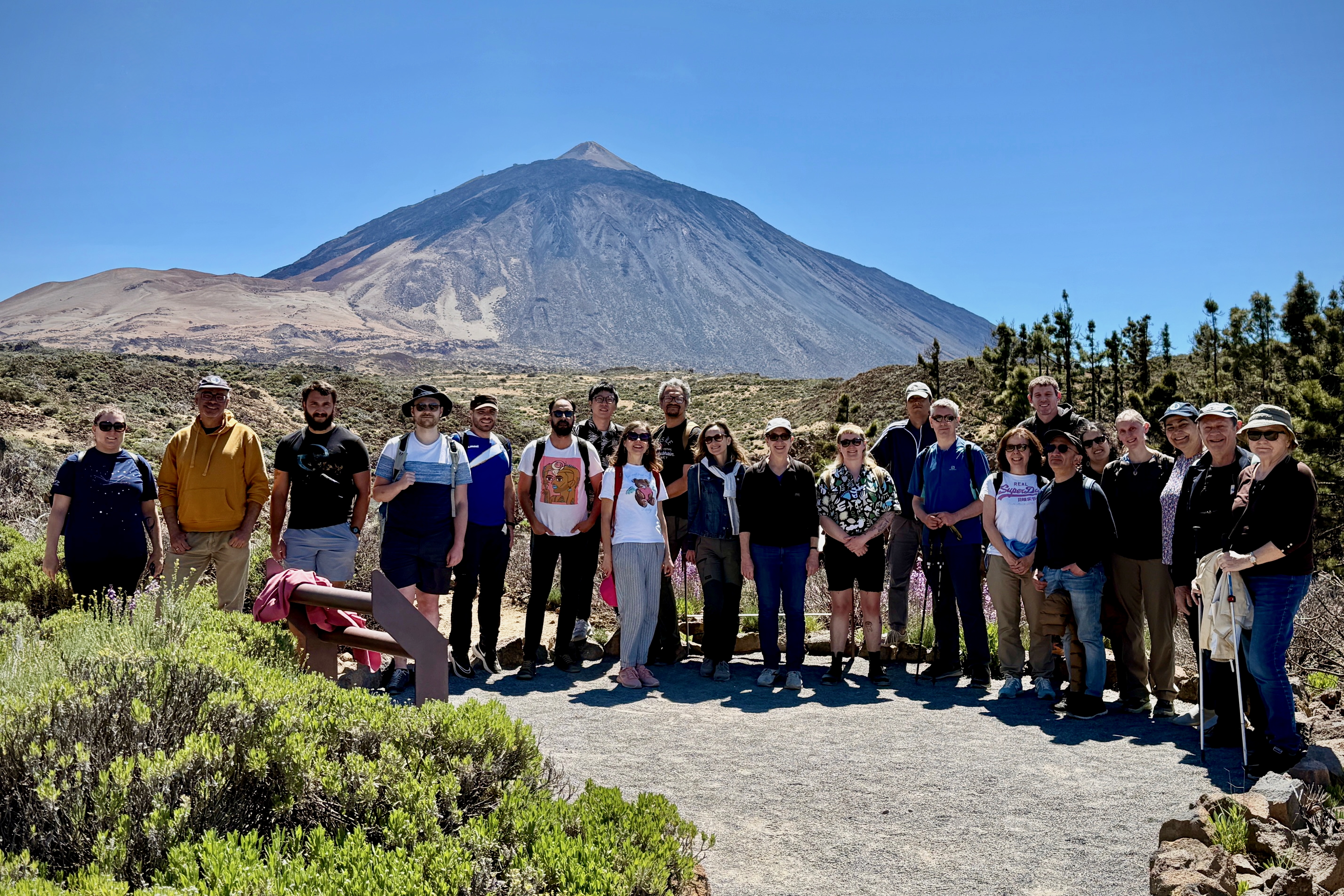
![Teacup in [O III] and CO(2-1) Supermassive black holes modify the distribution of molecular gas in the central regions of galaxies. Credit: HST and C. Ramos Almeida.](/sites/default/files/styles/crop_square_2_2_to_320px/public/images/project/teacup_english.001.jpeg?itok=dF4bDw-q)
